
I have not been blogging much lately because of health issues, but that, as they say, is another blog post. While I have been spending far more time than I like on the couch, I have been watching Parenthood on Netflix for the first time. I love Peter Krause and Lauren Graham: Six Feet Under and Gilmore Girls are two of my all-time favorite series. I didn’t watch Parenthood when it first aired on NBC because it didn’t grab my attention in previews. To be honest, many things about the show are driving me nuts (again, another blog post), yet despite those issues, I was also hopelessly addicted by the beginning of season two.
The show’s basic premise details the lives of the Bravermans. The family consists of the original parents (Zeek and Camille), their four adult children (Adam, Sarah, Julia and Crosby), the various partners who have joined into and sometimes divorced out of the family (Kristina, Seth, Mark, Joel, and Jasmine), and the multitude of grandchildren who have resulted from these unions. One of the most endearing things to me is the relationship of these adult siblings to each other. It’s quite attractive to me to see a large loving family like this one even if they are kind of crazy at times. Growing up, I was only one of two children in a dysfunctional family. My brother and I were not close at all as children, and even as adults we are very distant from each other. We just don’t have much in common. We didn’t have a lot of cousins close in age nor did we spend much time with the ones we had. In contrast, my ex-husband was one of four boys who were nine years apart in age; they were all friends growing up and into adulthood. When my ex-husband and I were planning our family, we wanted to have between four and six children. I always wished I had come from a larger family, and he was happy with how many siblings he had. Life has a funny way of changing one’s plans, though. My ex and I did birth four children, but only three of them lived. After our youngest was born, my health went downhill when my immune system spiraled out of control. I clung to the hope that I would regain my health and we would be able to have another child, but by the time my youngest started kindergarten, I had accepted that our family was complete as I continued to struggle with my health. Even with only three children in my family, there is one thing that I find unbelievably accurate in Parenthood: The way the adult siblings are always talking over each other when they get together. All four of them speak at once when they are having a conversation. My three kids do this all the time, especially when they are talking to me. The twins are the worst about it. They both try to talk to me about different topics simultaneously, and they expect me to be able to understand and respond to both of them. When the youngest one chimes in, I’m sunk. I jokingly explain I am not capable of listening to and responding to that much information at once! I’ve explained this to my kids numerous times, and they always laugh, yet for some reason, they continue this barrage of chatter. It seems to be their default method of having a conversation. Despite the abundance of noise, I wouldn’t trade my children’s crazy talking for anything. I love the amusing chaos that the three kids can create, and I wish that their other sister was still with us to be able to join in. I suspect that even when they are in their forties they will continue this way of communicating that they have embraced just as the Braverman siblings did. © 2015 Elizabeth Galen, Ph.D., Green Heart Guidance, LLC 
One of the difficulties that can arise during healing work is a blurring of professional boundaries. Clients (or patients) can become confused as to the relationship they have with their healers. Because of the inherent risks of this happening, most professional organizations have strict rules against professionals having sexual relationships with their clients, and some forbid friendships as well. This is to protect the client as they work on healing.
So what is the difference between a friendship and a professional relationship? In a friendship:
In a professional relationship:
The advantage of maintaining a professional relationship is that it makes the relationship far less complicated. Issues of transference and countertransference can happen in professional relationships aside from psychotherapy, and they can be very difficult and painful problems to deal with. Maintaining healthy boundaries makes it far easier for the client (or patient) and the professional to work on healing the client's issues. Even when clients wish to change the nature of the relationship, it's usually not in their best interest to do so. It is the responsitibiity of the professional in that case to remind the client off the true nature of their relationship. © 2015 Elizabeth Galen, Ph.D., Green Heart Guidance, LLC 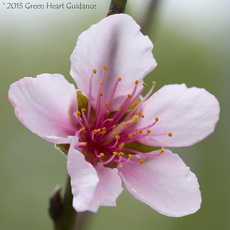 redstem peach blossom redstem peach blossom
Many years ago, I met a woman through a local internet mothering group who had been diagnosed with stage IV breast cancer. Doctors had given her six months to live, and she was determined to prove them wrong. She lived-- truly lived-- for another four years before her death. The woman (whom I’ll call K) entered a healing path even though she was going to be dying in the near future. She was determined to lengthen her life as much as possible. K undertook many holistic healing protocols. Among her discoveries that helped her to find more happiness and more health was facing whom she really was. After two heterosexual marriages that ended in divorce, K finally realized that she was a lesbian. By “coming out,” K found happiness that had been missing all of her adult life.
Around the same time, I was friends with a woman, C, who was in a national internet support group for people with illnesses like mine. We were in and out of each other’s lives via email for quite a while. As we both walked our healing paths, C made a personal discovery. While C identified as pansexual, she’d had many relationships that ended unhappily including a recent divorce. It wasn’t until C realized that he was actually a man named J that deeper healing began for him. As I watched these two people find happiness as a result of the deep work that chronic illness prompted in their lives, I began to question what was holding me back in my personal healing. Given what both of these two people discovered about themselves, the first things I questioned were my gender and sexual orientation. After much introspection and internet research, I discovered that I was a heterosexual cisgender woman, exactly what I had identified as all my life. Thus, I made no amazing life changing discoveries about my sexuality as my internet friends had done. I remained puzzled for many years about what was holding my healing back. If it wasn’t my sexuality, then what was it about myself that I needed to find? In my case, it turned out that it was my spiritual self than I needed to rediscover. I had spent the past five lifetimes trying to deny, repress and ignore my metaphysical abilities. Because I grew up in a family in and then married and divorced a man this life who aren’t believers in the metaphysical, it didn’t feel safe for me to be my true self. However, a major illness in this lifetime forced me to to come to terms with my metaphysical gifts and my need to use them for healing myself and others. For many people facing chronic or terminal illness, finding oneself is one of the challenges that can help alleviate a great deal of emotional pain and suffering. Because our emotional pain often manifests as physical pain in our body, finding oneself can sometimes bring improvement or even remission of one’s physical misery. Regardless of its impact on one’s physical symptoms, being true to oneself always brings happiness that was previously unknown in this life. There is nothing comparable to being able to say, “This is whom I am. I am proud of me, and I love being me.” © 2015 Elizabeth Galen, Ph.D., Green Heart Guidance, LLC |
Elizabeth Galen, Ph.D.
Holistic Life Coach and Categories
All
Archives
January 2023
|
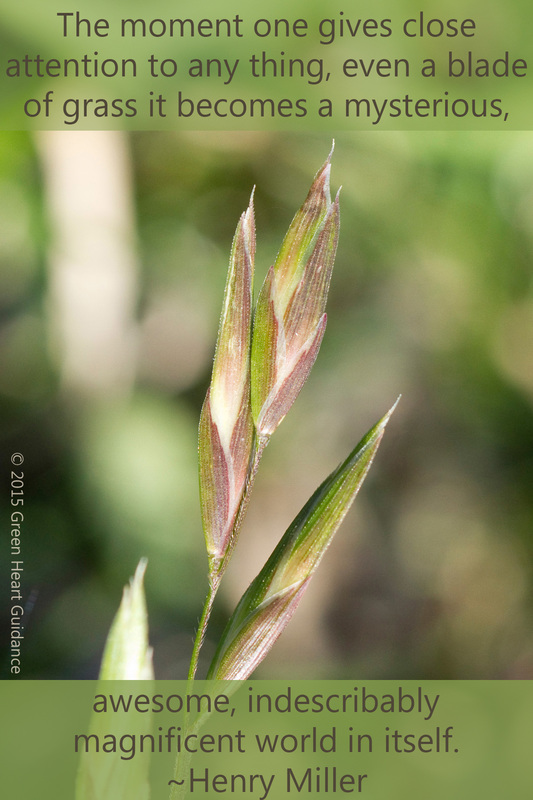
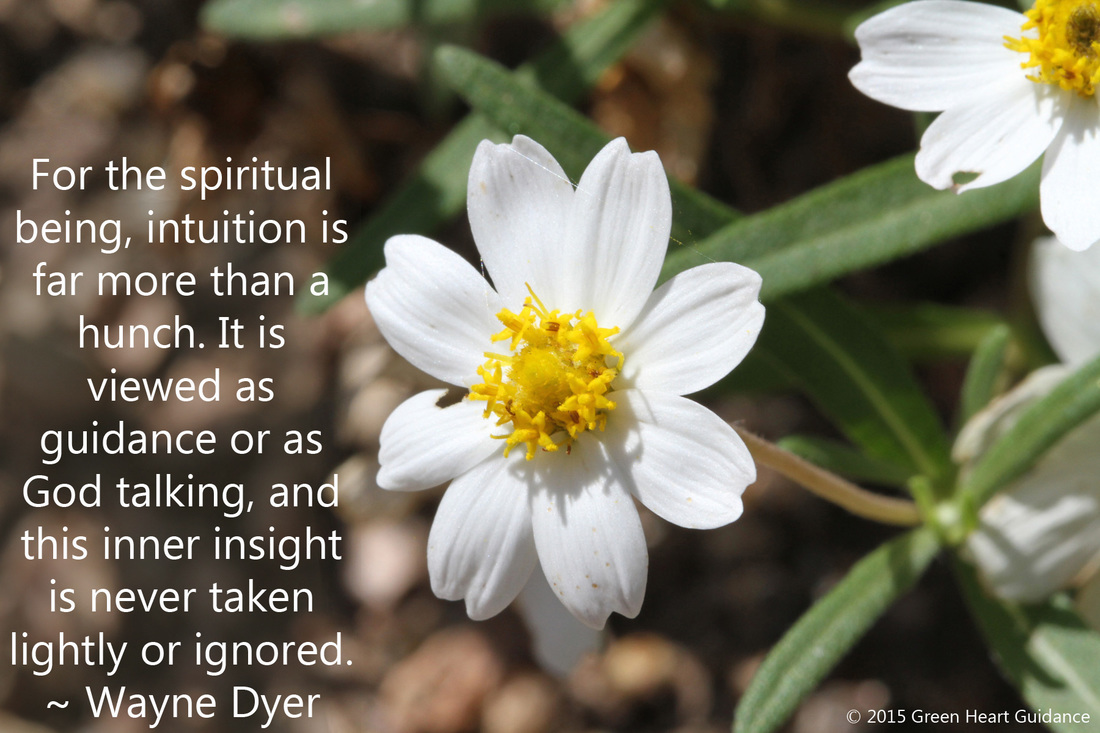

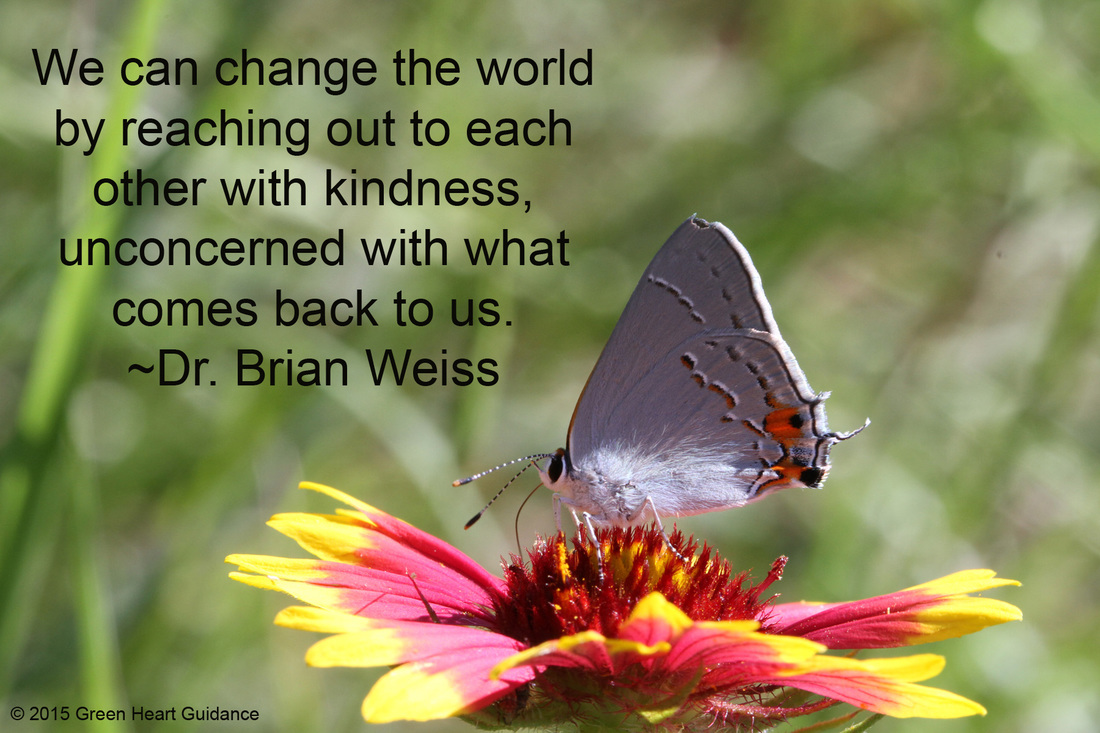
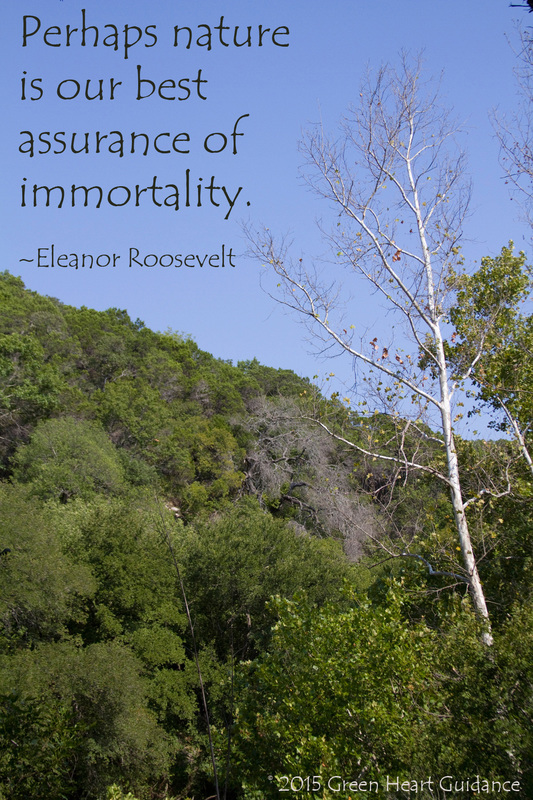
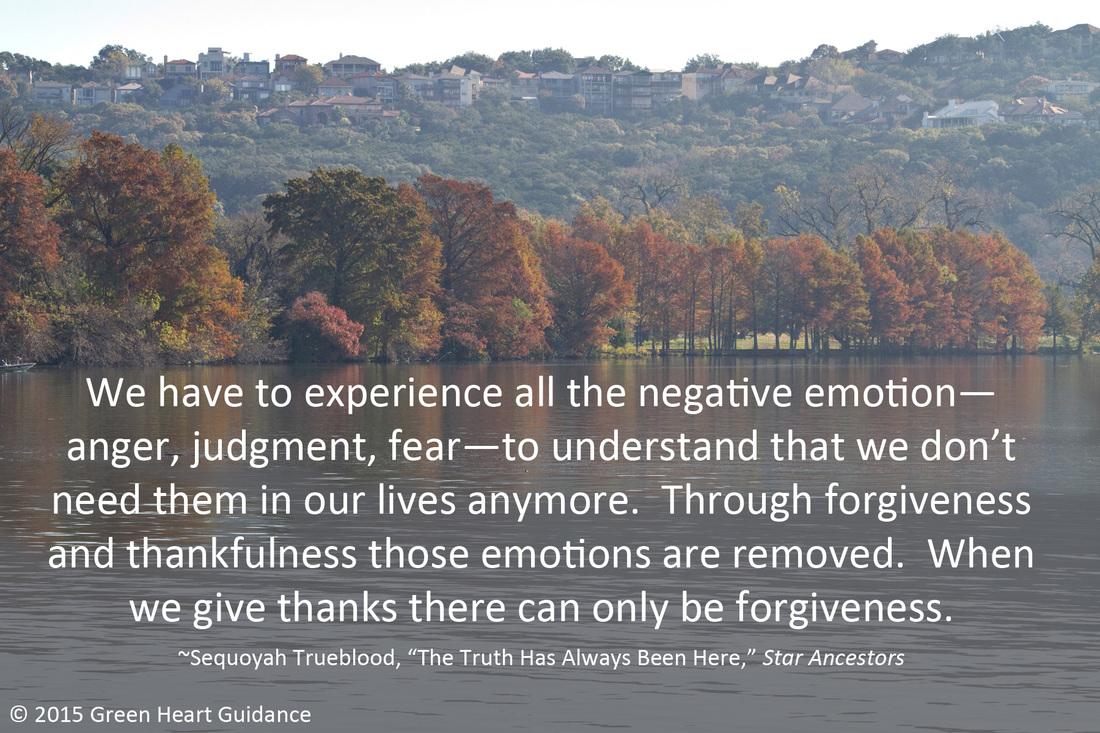
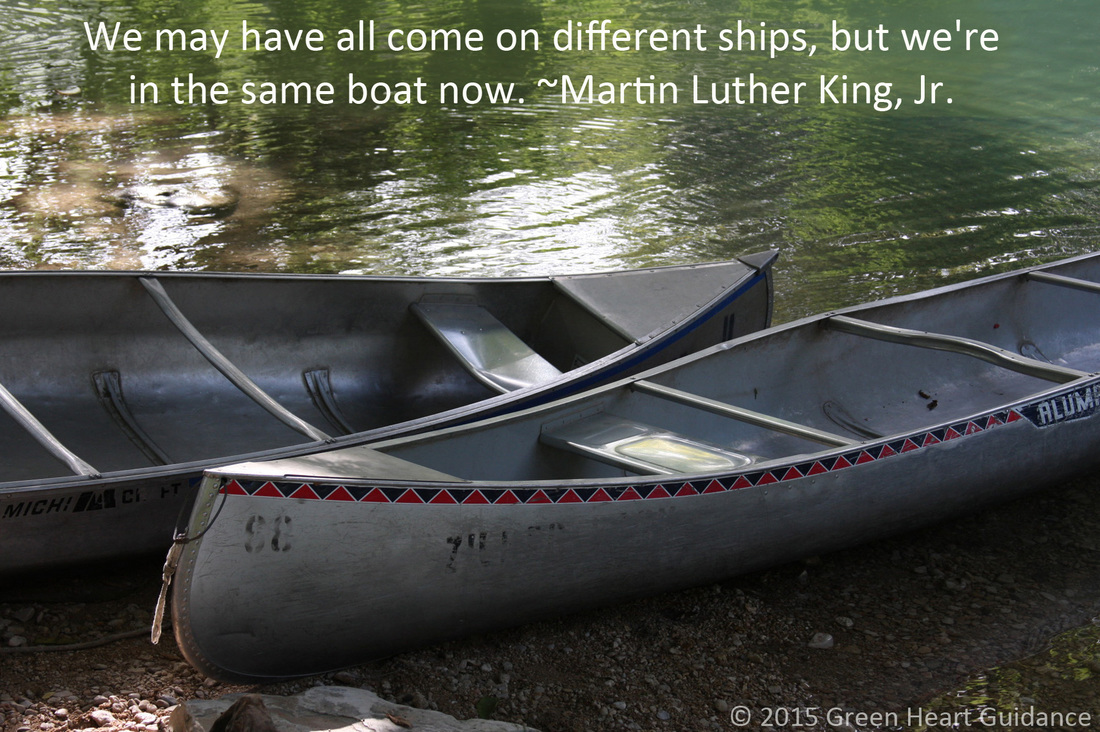
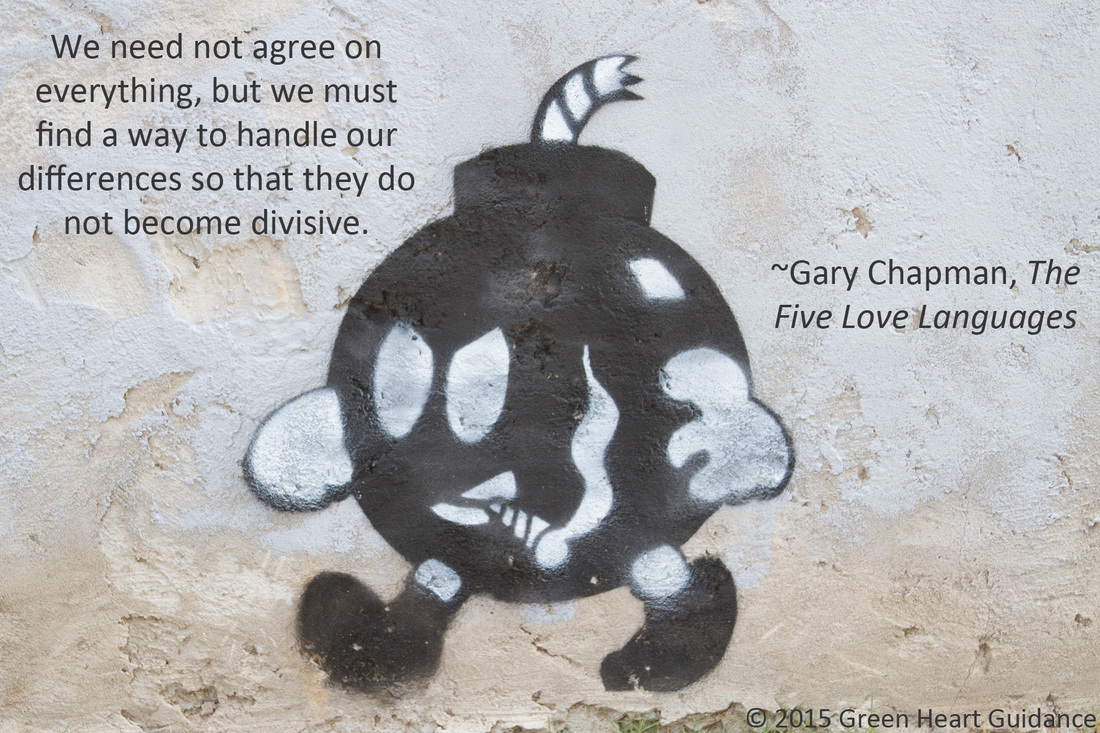
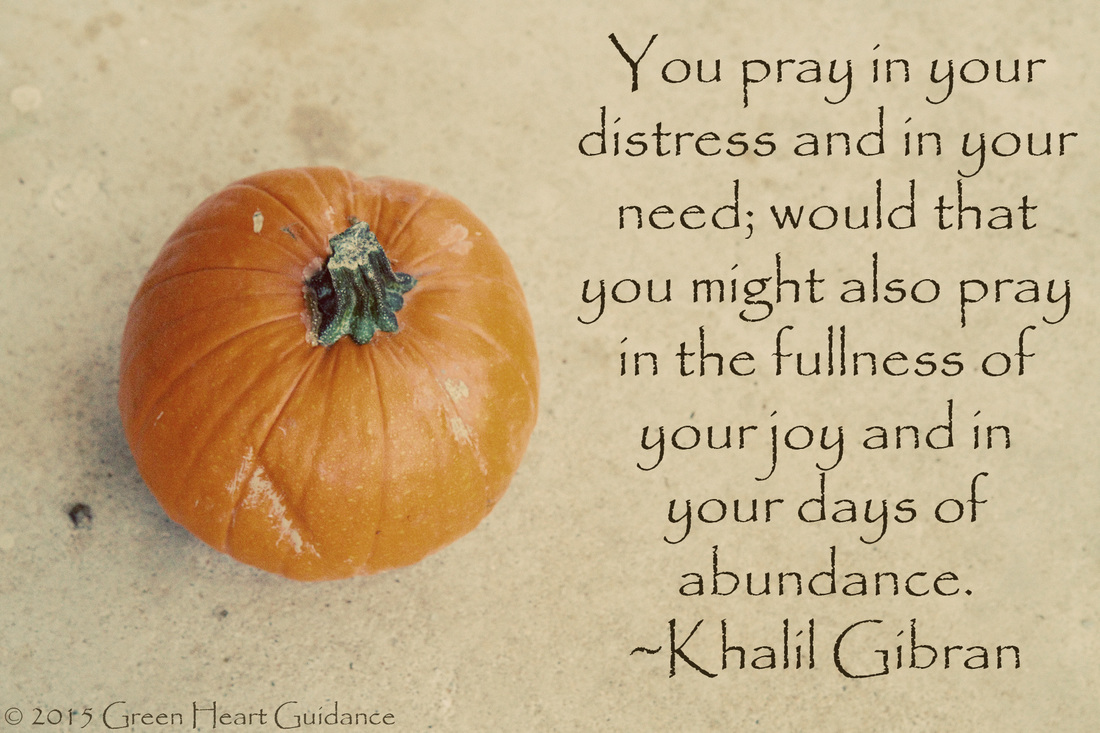

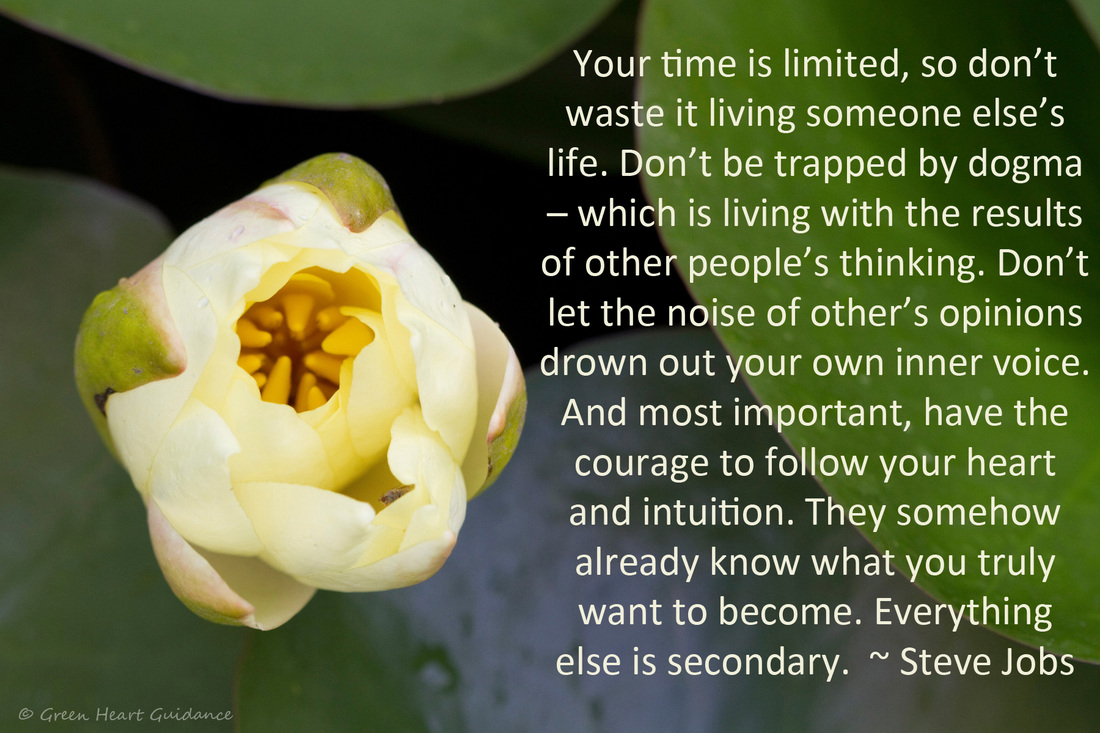
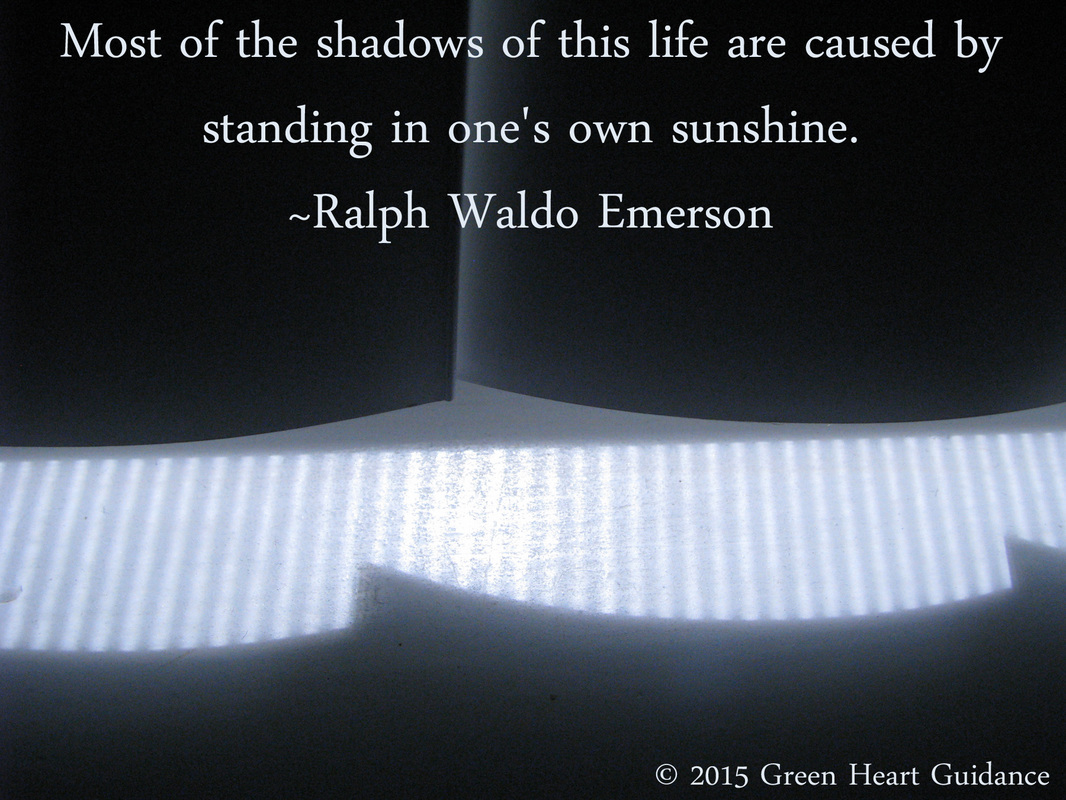
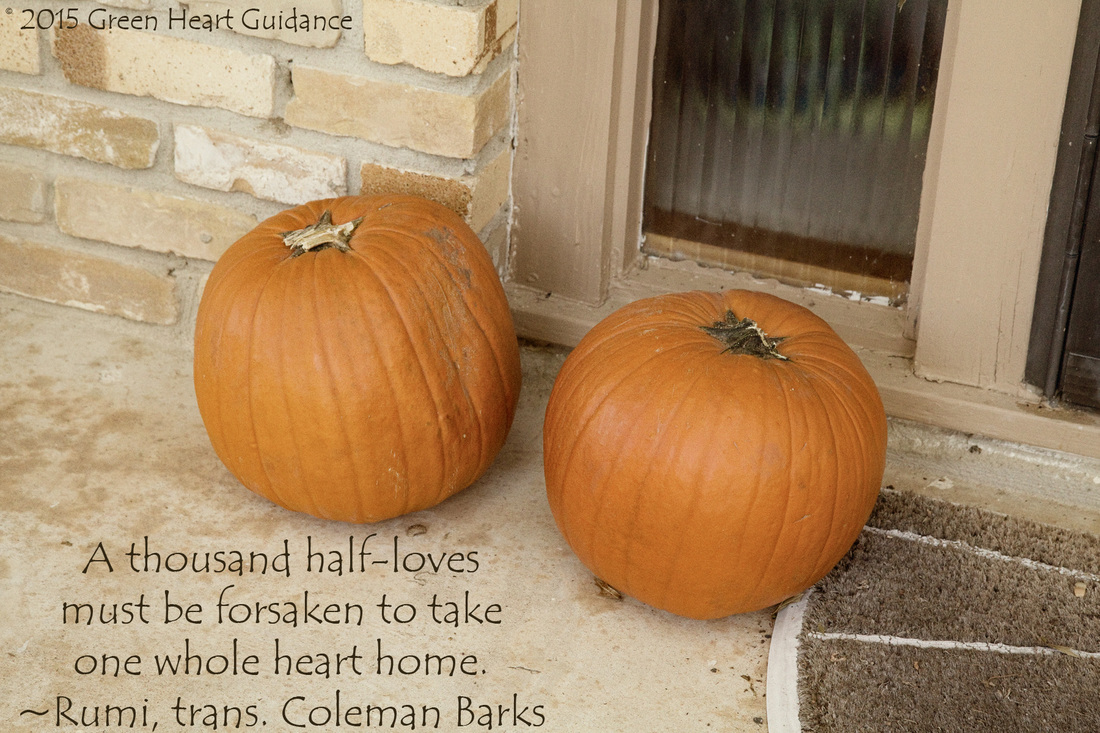
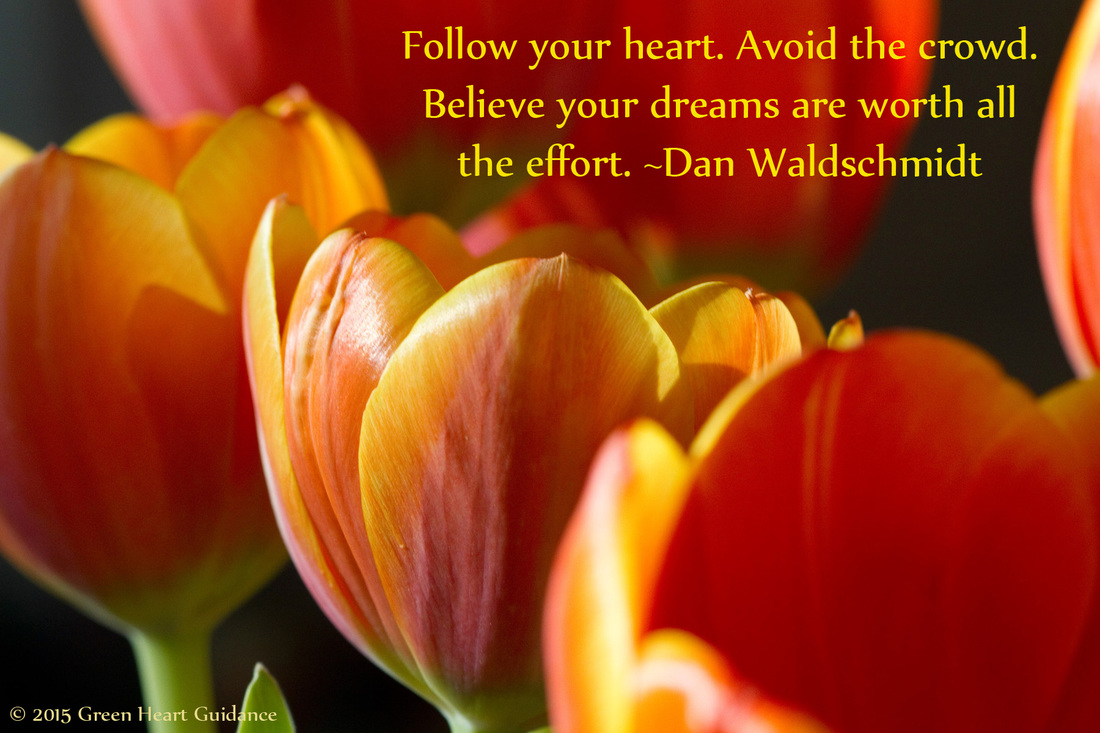

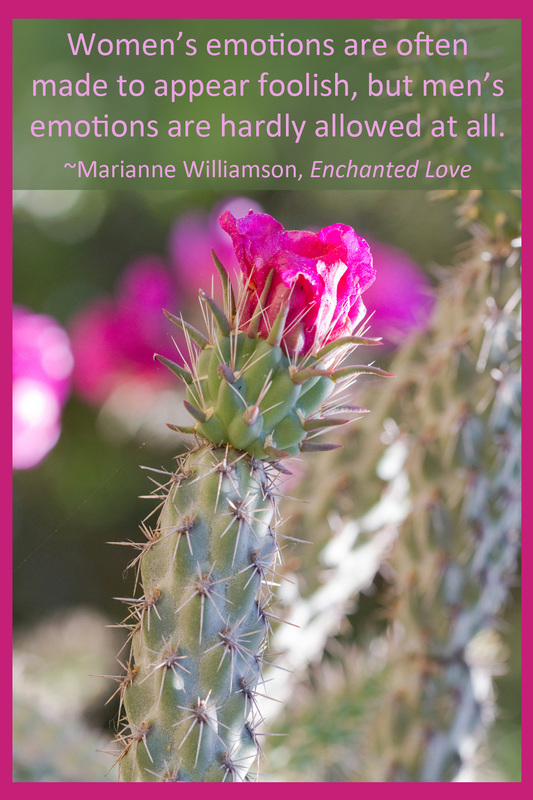
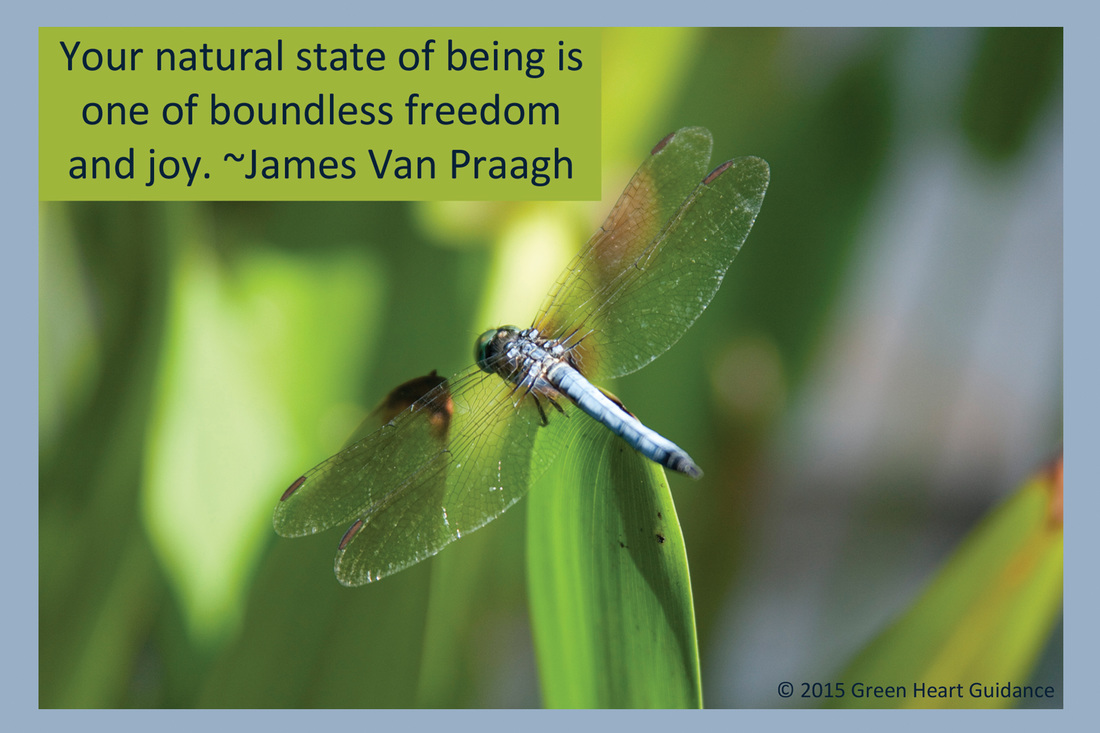
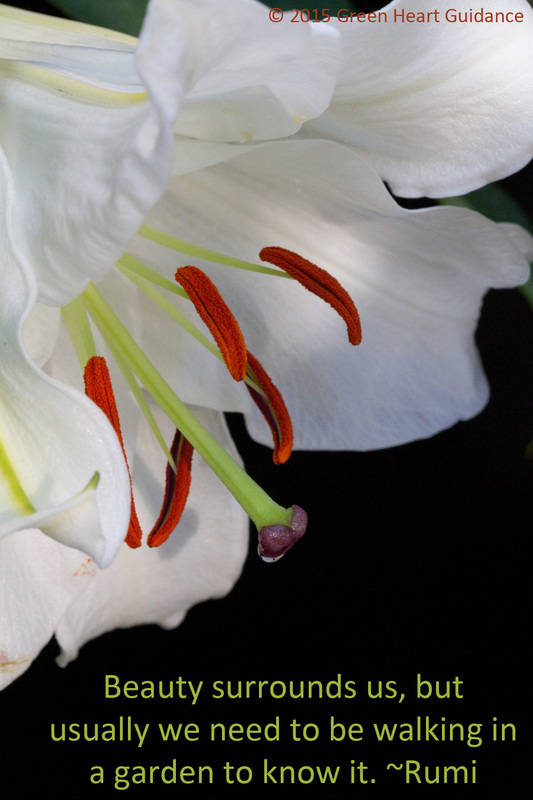
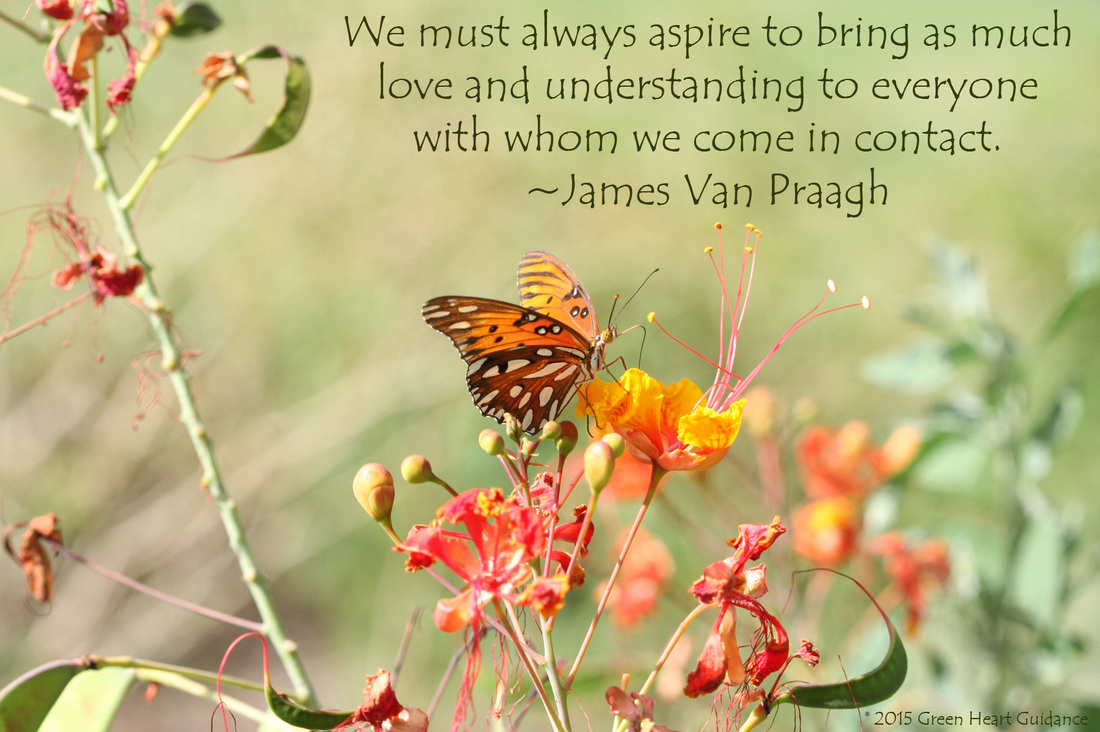
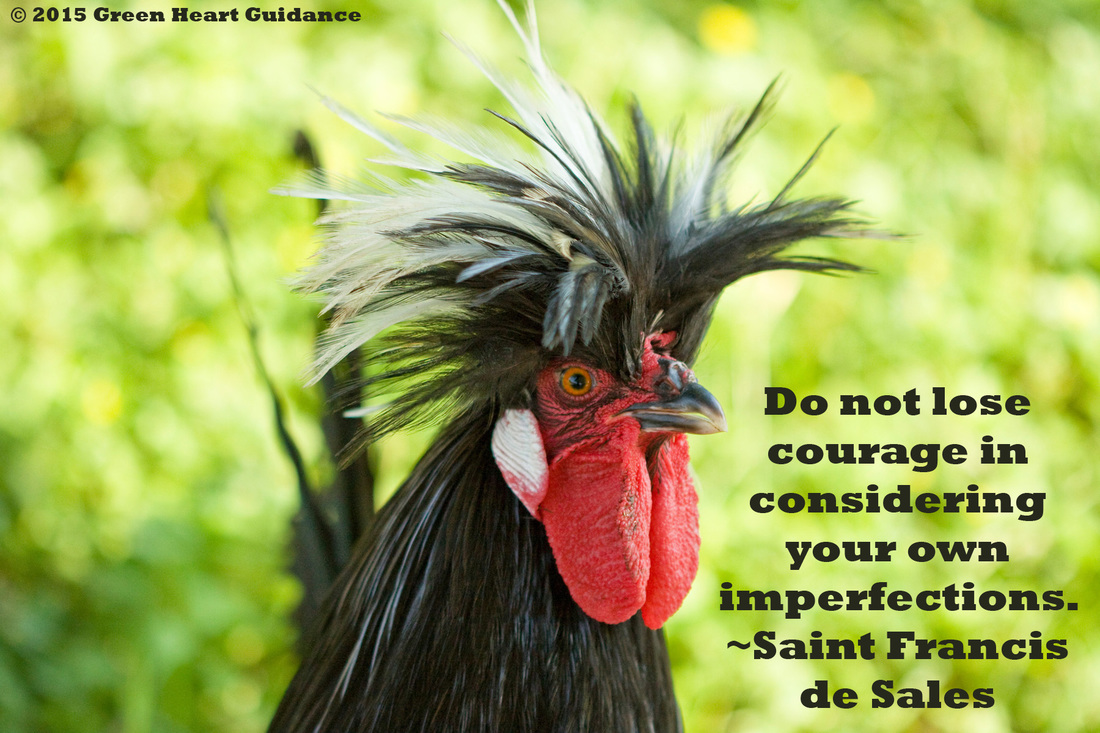
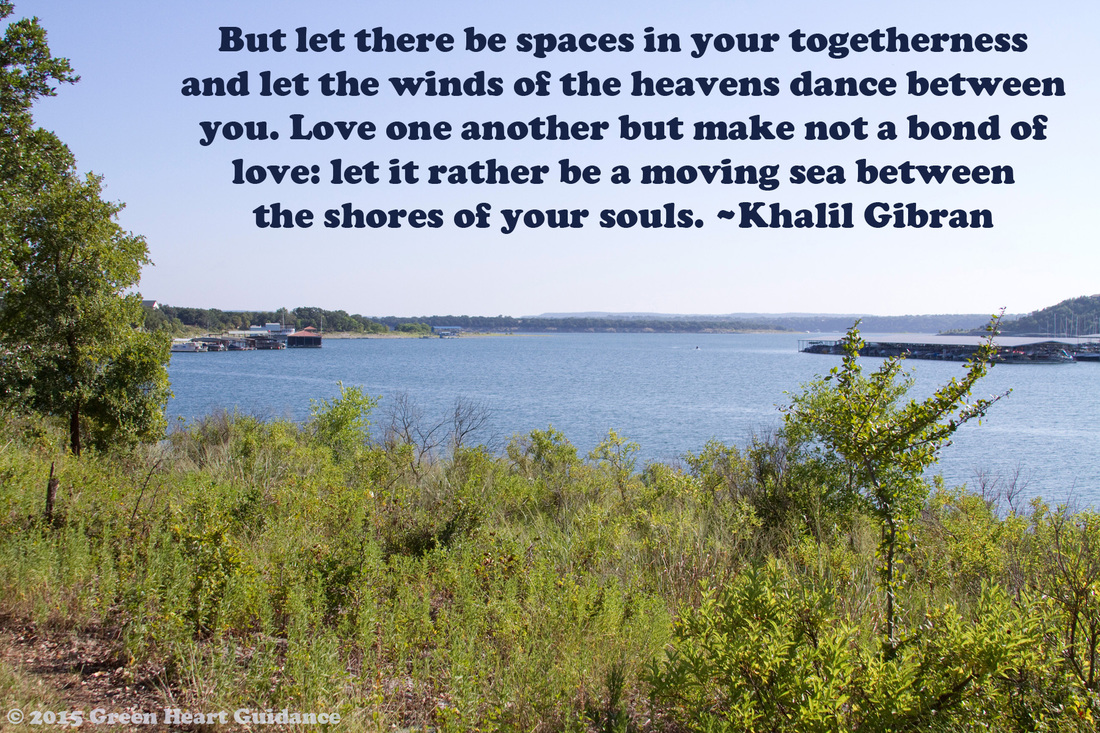
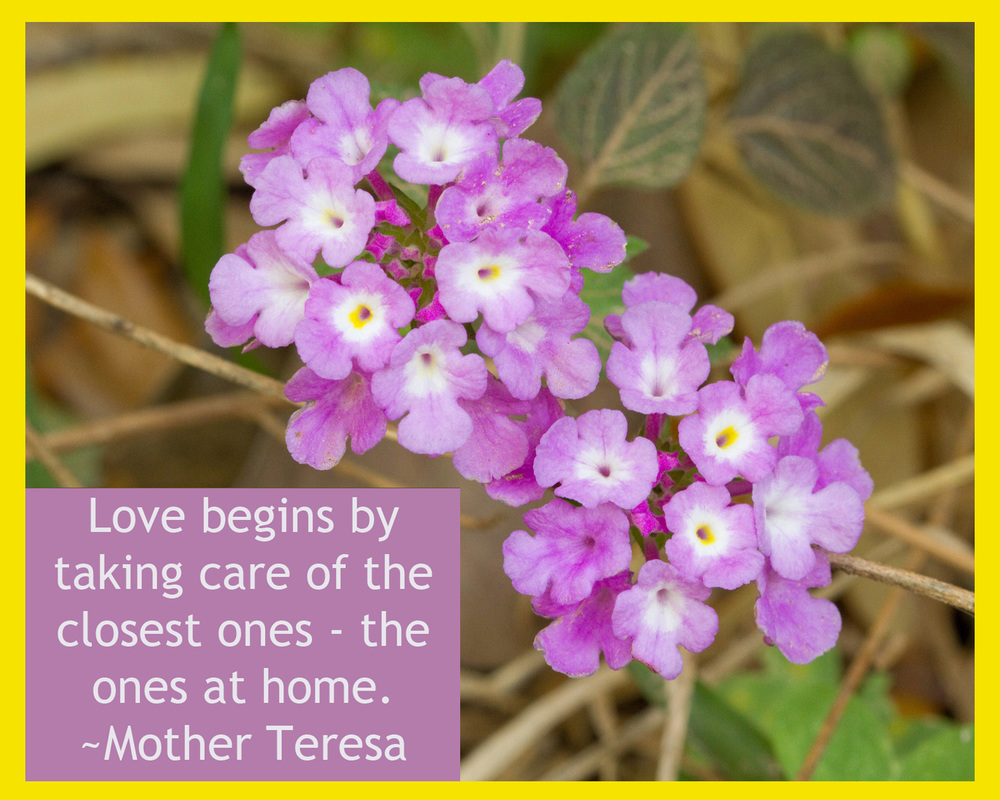
 RSS Feed
RSS Feed